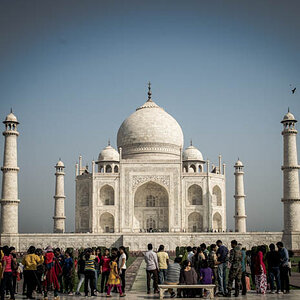70Dstudent
TPF Noob!
- Joined
- Apr 2, 2017
- Messages
- 3
- Reaction score
- 0
Hey everybody I am new to site, and I joined because I have a question about editing photos, use of photoshop and brightness and contrast.
Been a photographer for about 2 years now, I do my best to do research and study everything about photography as I want to improve and get better. And I would say I can take criticism well, but I am always doubtful when people make statements that use the word "NEVER".
My photography professor asked me if I used brightness and/or contrast on my photos that I turned in. I told him yes, I used photoshopp. And then he preceded to tell me NEVER USE BRIGHTNESS AND CONTRAST ON YOUR PHOTOS.
Now he did say I could use auto contrast and auto brightness, and lightroom instead. But I don't really understand what the huge fuss what about using brightness and contrast on photoshop. I feel like I have seen people use it the way I did, with great results. Is there any other reasons for why you should never use brightness and contrast on your photos?
The photos were like a photo essay, candids of a friend taking pictures.
Been a photographer for about 2 years now, I do my best to do research and study everything about photography as I want to improve and get better. And I would say I can take criticism well, but I am always doubtful when people make statements that use the word "NEVER".
My photography professor asked me if I used brightness and/or contrast on my photos that I turned in. I told him yes, I used photoshopp. And then he preceded to tell me NEVER USE BRIGHTNESS AND CONTRAST ON YOUR PHOTOS.
Now he did say I could use auto contrast and auto brightness, and lightroom instead. But I don't really understand what the huge fuss what about using brightness and contrast on photoshop. I feel like I have seen people use it the way I did, with great results. Is there any other reasons for why you should never use brightness and contrast on your photos?
The photos were like a photo essay, candids of a friend taking pictures.



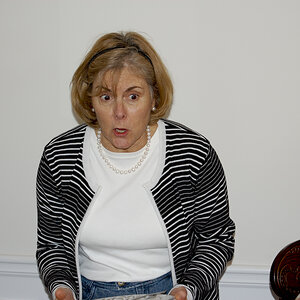
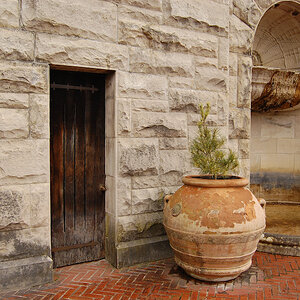
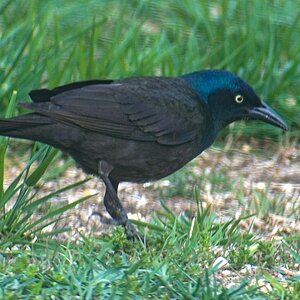


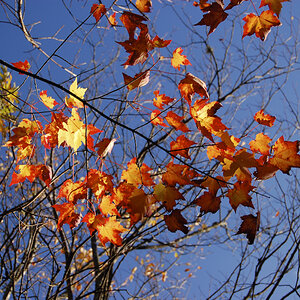


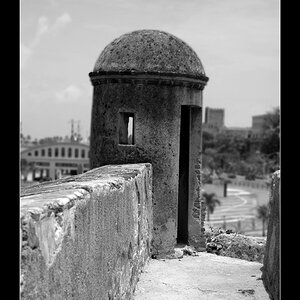

![[No title]](/data/xfmg/thumbnail/37/37606-3c9ffb5906173fa2aa489341967e1468.jpg?1619738148)
